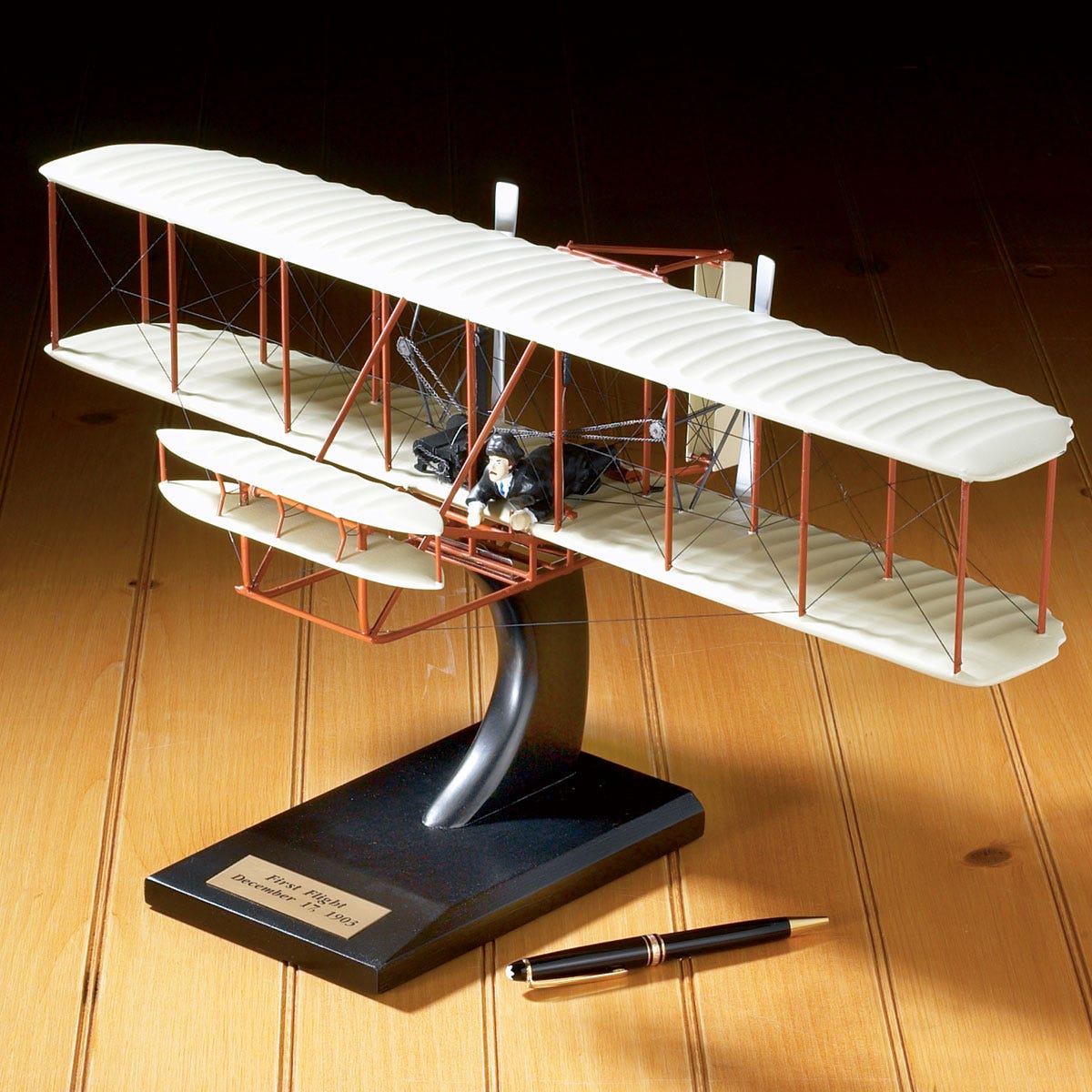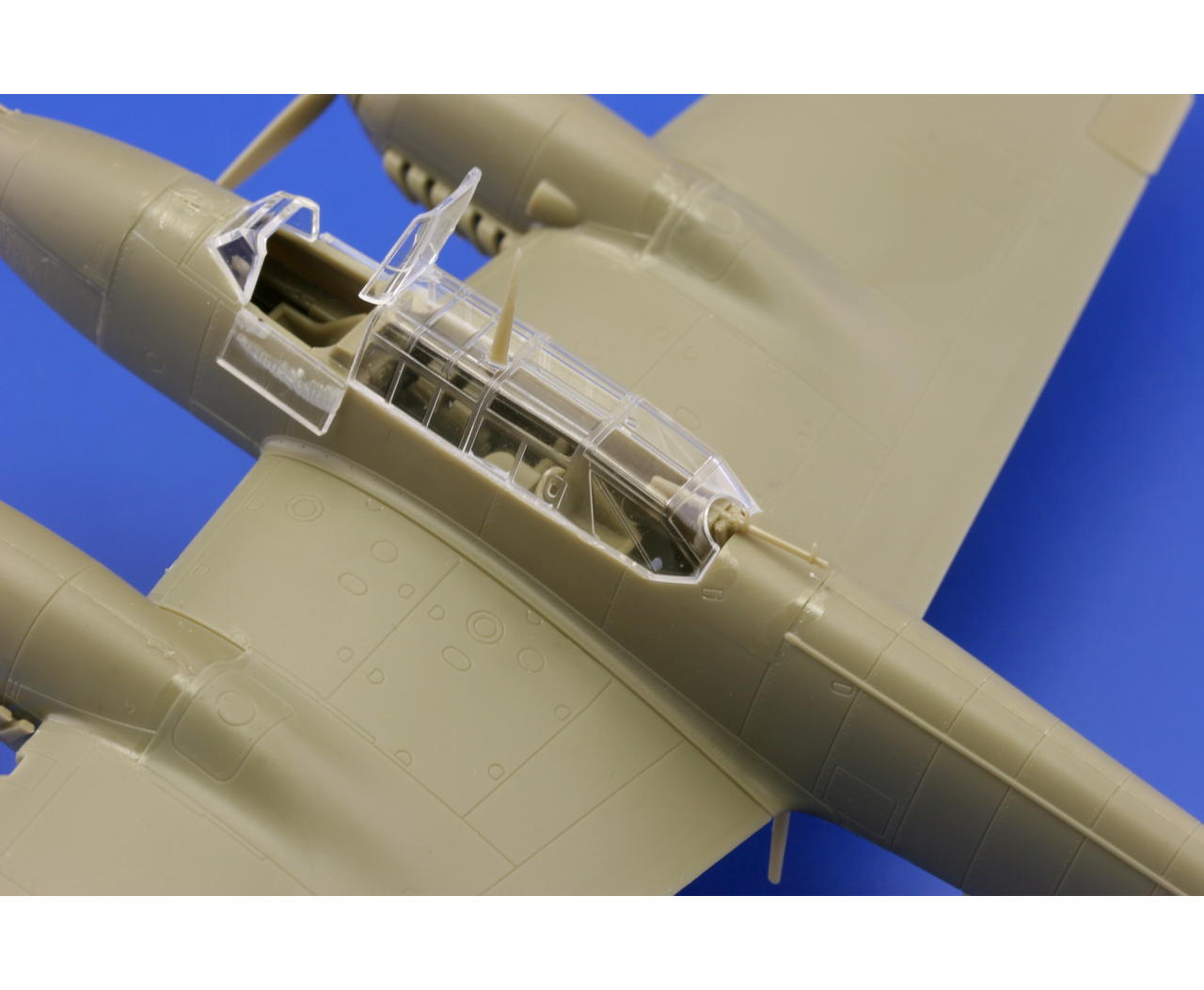First Co. Model 24vaq3
This B2B site is for use by O'Connor Company customers only. To request to become a customer contactjpiller@oconnorcompanyinc.com.Must be an HVAC contractor/supplier in Kansas, Missouri, Oklahoma, Iowa, or Nebraska.
Answering here because Community (erroneously?) shut down answers on this question. This problem can occur when there is a 'short circuit' in the plumbing. I first saw this with an old two knob faucet used to control a shower where a shutoff was installed after H&C mix, e.g.
First Co. Model 24vaq3 Pictures
- Jul 13, 2011 I have an Aqua therm by First Co Model 24VAQ3. Worked fine until yesterday, now it's just blowing lukewarm air. Any - Answered by a verified HVAC Technician.
- First Company - 24RAQ-3 2 Ton Replacement Aquatherm Fan Coil (No Panel) Item: 24RAQ3. No special water heater is required! Contact the factory for assistance in sizing. First Co's customer is ultimately responsible for confirming which fan coil models are compatible with selected outdoor unit(s) and which expansion valves (if any) are.
Right at the shower head. Shower head shutoff is closed but H&C valves are open. Eventually cold water is sucked into the hot pipes and mixes with hot coming from tank. Result is tepid water at H fixtures. The time I saw this happen, it took about 10 minutes for the effect to occur.–Mar 26 '16 at 3:31. If you have an electric hot water heater, it may mean that one of your two elements has burned out. Most electric hot water heaters have an uppper and a lower element; the upper runs until the top of the tank is hot, which provides quick recovery time, then when the top thermostat is satisfied, it transfers power to the lower thermostat, which heats until the entire tank is hot.If you are getting less than a full tank of hot water, the most likely cause is the bottom element burning out.
Less likely, either of the thermostats could be faulty, which could be keeping the lower element from turning on.If the upper element were burned out, you most likely wouldn't get any water, since the lower element is usually not turned on until the upper one shuts off. If you've got a gas water heater, there is a common problem that can occur with certain models. Because of the way they're designed, many have a 'dip tube' that sits underneath the cold water inlet. I can only assume that you have an electric water heater since I can't think of any way that this would happen in a gas water heater.Anyways, as TomG has said, the bottom element is out. It's hard to say why it failed, but one possibility is that it became covered with sediment, overheated, and then failed.The first step would be to drain your water heater to remove the sediment and to be able to replace the lower element. Unplug your water heater.
Attach a garden hose to the drain at the bottom of the water heater. Run the other end of the garden hose outside.
Open the drain.This will forcefully drain the water heater, and hopefully the city's water pressure will be able to get a decent amount of the sediment out of the bottom. Depending on how fast the water is flowing, let this continue for 1-5 minutes.
First Co. Model 24vaq3 For Sale
Sometimes the drain can be pretty clogged up or the bottom quite full, and the water won't come out very fast, especially when you disconnect the city's water pressure. (5) Open a hot water faucet. (6) Turn the cold water off.

There should be a gate valve right near the water heater to do this with.This will drain the water heater. The open hot water faucet allows air into the tank to replace the water that is being drained. This prevents a vacuum from forming.
It is imperative that the water heater be disconnected (electrically) at this point, as it is a big no-no to allow the heating elements to be exposed to air while in operation. (They will blow up.)If you have a pump around that can hook up to a garden hose (or a similar pump with some thread adapters), you might want to connect it to the end of the garden hose to speed up this process.Once the water heater is drained, close the drain valve and remove the bottom element.
Take the cover plate off, take some pictures of the wiring to make sure you know later where things are supposed to go, and then remove the element. If you have a wet vac, attach a hose in there to suck out the remaining sediment. If it gets too thick, open the gate valve up top for 5 seconds to let more water in.At this point, you can do it yourself or call a plumber (by this, I of course mean that you should call them, schedule an appointment, and do the stuff listed above 2 hours before they came.)Put a new element in and wire it up. See this video:.Before refilling the water heater, you should check your anode rod.
This will be a hex-shaped bolt head at the top, sometimes hidden underneath insulation. Undo the hex bolt, which will take a lot of effort. You'll need a socket and a breaker bar, as they are often incredibly difficult to remove.
Once loosened, pull it up and inspect it. If it is down to a thin wire or nearly there (see this diagram: ), you need a new one. If there is a ceiling above the water heater, you'll have to pull it up, cut it with a hacksaw, pull it up more, cut again, repeating this process until it's removed. Just don't drop it back in the tank after you've cut the bolt head off. If you have ample clearance above the water heater, you can replace it with a solid, continuous anode rod, but if there's a ceiling, then they make flexible/sectioned ones like this:.


Put some pipe dope or PTFE tape on the threads of the bolt head before putting it back in.Now it's time to fill the water heater back up. Make sure the drain is close once again, and remove the garden hose. Close the hot water faucets and open up a shower faucet instead (the faucet, not the head,) making sure that it's set on 100% hot water. (A shower faucet is preferable to a sink faucet, as they do not have a aerator/screen that any of the stirred-up gunk can clog.) Once the water heater is full of water, you can plug it back in and turn off the shower faucet. The same defect happened to me a few years ago on my gas water heater. Hot water would last only a few minutes and then only cold water would be coming out.The cause of my problem was that my dip tube, which send the incoming cold water from the top of the heater down to the bottom, was broken somewhere close to the top.
If it's a gas heater, I'll bet it's a broken dip tube.There was a time, when all the dip tubes were made by a handful of suppliers.who most/all used a plastic that, as it turns out, deteriorates after soaking in water for ten years or so. So the problem, especially with older water heaters is pretty common.So, if your water heater is 'of a certain age' chances are you've got a broken or disintegrated dip tube and you need to replace it.Depending on the clearance above your water heater, etc.
First Co. Model 24vaq3 Engine
You should be able to just slide out the old one and slip in the new one. You may not even have to drain the tank. (But you might want to flush out as many of the plastic bits as possible before the travel around your plumbing system and make trouble elsewhere.). If you have a lot of minerals in your hot water tank they can build up and then your tank can be full of sediment. I have seen sand, clay, calcium all kinds of sediment in the bottom of hot water heaters. If you do have a high mineral content in your water then you should flush your hot water tank once in a while because this could cause that problem. When it build up then the how water tank has a hard time heating the water if you have gas then it has to heat that sediment up first so it takes longer to heat the water.
Also it lowers the volume of water so you do not have the volume of hot water that you previously had.